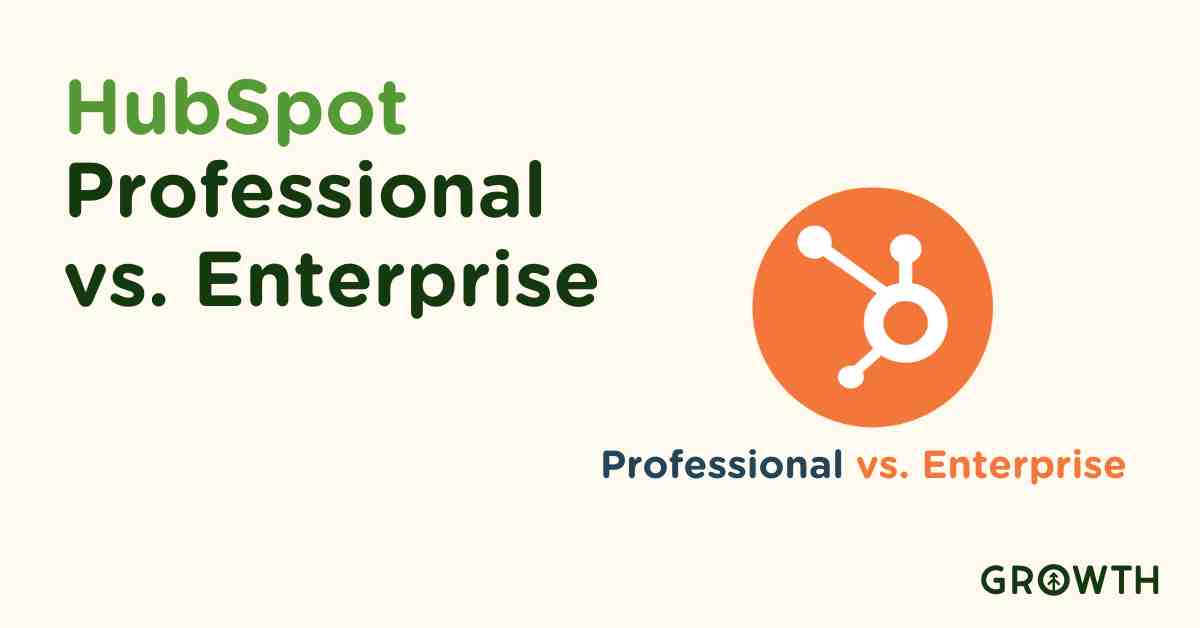Breaking Down Data Silos to Unlock Business Growth
On this page
(Updated April 5, 2022)
The most successful companies use data to inform their business decisions. Metrics and quantitative facts about an organization are fuel for innovation and overall growth.
However, if the facts about your organization are hard to get to, are separated across systems, or kept away from teams, you’re most likely dealing with data silos.
Data silos can create situations in which leadership and staff make decisions with outdated or partial data, or worse, without any data at all, which can be catastrophic for business health.
To prevent silos from forming and affecting your teams and your business, it’s important to understand what they are and how to fix them.

What is a Data Silo?
A data silo is an internal collection of information about your business—your customers, partners, providers, staff, etc.—that is isolated in one department and is not being shared with others in your organization.
Siloed data can cause serious breakdowns in transparency, efficiency, and trust within your organization, and hamper decision-making entirely, inhibiting growth.
What data silos create:
- An incomplete projection for the health of your business - If the C-level executive is tasked with consolidating data to steer the company, they can’t do so without data from every department.
- An uncollaborative company culture - Teams that can’t collaborate with each other on projects can’t share a common vision for your company.
- Negative customer experiences - A customer who has to repeat their story over and over again to different people is a frustrated customer, and then someone else’s customer.
- Stagnation of the growth of your business - If teams spend more time finding the data they need to get something done than they do getting things done, your business is starving, not thriving.
- Inaccurate data overall - Expensive tools that don’t talk to each other create silos of data that can sit around because it’s difficult to access. Data that sits becomes obsolete, inaccurate, and unusable.
What Causes Data Silos?
- Organizational Growth - When companies grow quickly, the culture can break down or get lost and create a lack of healthy communication from leadership all throughout the organization.
This can create competition that grows out of fear and uncertainty which can result in staff holding fast to information in an attempt to be “the only one who can do this job.” As well, the hierarchical structure could be unclear, preventing information from traveling freely from one department to another.
- Technological Problems - If some team members in your organization don’t have the proper training or access to use all the systems as every other person, you’re not capturing all the data you need from every member of your organization.
Companies now need to own CRM software solutions that can cross-reference and transfer large quantities of information, and every team member should have the training they need to input and read data that they need to do their jobs.
Breaking Down Data Silos
Your company’s data is constantly changing, so trying to integrate old systems while gathering more data takes a massive amount of time and energy that can truly grind the company gears to a screeching halt.
Here are some better choices for preventing and solving data silos:
- Utilize integration software - Your data probably lives within different pieces of software. Correctly integrating those systems is a silo buster, and it can be done quickly and easily when you know which software integrates your specific data.
Companies that use cloud-based application software should use an Integration Platforms as a Service, or iPaaS. The best iPaaS solutions are:
|
Integration software can fix all of your technical problems with data silos, and all three of these choices continue to update your data far into the future.
- Choose platform software for better data management - Using platforms (or all-in-one solutions) is a great way to keep teams aligned and data free-ranged. Platforms are software brands (like HubSpot) that have different products that cover different business processes like sales, marketing, and customer service.
Because platform software is built and serviced by one provider, it uses the same terms which makes team collaboration across departments possible. Teams can also share customer contact data without extra work or third-party tools.
- Build a company culture that inspires collaboration - Company leadership should work to create a company culture that rewards collaboration over competition. Teams and individual contributors should be competing against your company’s historical performance, not competing with one another for access to company resources, tools, and data.
- Sift out obsolete or outdated data - It seems like an overwhelming task to sort through years or even decades of outdated, siloed data, but in order to use your data at all, you have to weed it out so that what’s left can be trusted. Slowly working through your data to build a system for data management is one of the best uses of your time.
Historically, silos have kept harvested crops like wheat, soybeans, and cotton stored safely away from weather and pests. Silos can save resources entirely, and though it sounds nice to have your data “in safe storage,” the metaphor falls apart when you apply that idea to a business that runs on communication and collaboration (which is all business).
At Growth, we help businesses identify and demolish data silos and build data management systems in their place. Let’s talk about it.
Explore More Insights: Related Blog Posts
-
 HubSpotNov 3, 2021
HubSpotNov 3, 2021 Growth Marketing Firm
Growth Marketing FirmMaking Data-Driven Decisions for Your Business
(last updated May 4, 2022) It’s common knowledge that organizations that analyze their data to make business...
-
 CRMJan 4, 2022
CRMJan 4, 2022 Growth Marketing Firm
Growth Marketing FirmHubSpot v. Salesforce
It’s becoming downright impossible to survive as a business in 2022 without a software tool to deliver the...
-
 CRMFeb 28, 2024Rick Barcellos
CRMFeb 28, 2024Rick BarcellosHubSpot Professional vs. Enterprise: Empowering Your Business Growth
In today's fast-paced digital environment, selecting the right CRM platform can significantly impact your...
-
 Sales EnablementDec 10, 2021
Sales EnablementDec 10, 2021 Growth Marketing Firm
Growth Marketing FirmCustomer Segmentation Strategies for Growth
Customer segmentation is the process of grouping your customers together based on the factors (e.g....
-
 Inbound MarketingAug 17, 2022
Inbound MarketingAug 17, 2022 Growth Marketing Firm
Growth Marketing FirmA Growth Guide to Account-Based Marketing
Growth Marketing Firm · A Growth Guide To Account - Based Marketing What if your sales team could begin...
-
 Sales EnablementOct 18, 2021
Sales EnablementOct 18, 2021 Growth Marketing Firm
Growth Marketing FirmDrive Revenue Through Sales Pipeline Management
The term “in the pipeline” has become part of our everyday speech, and for good reason: it works as a...
-
 Sales EnablementJun 21, 2023
Sales EnablementJun 21, 2023 Growth Marketing Firm
Growth Marketing FirmJune Webinar Recap: Sales Enablement with HubSpot
Welcome to our recap of the June installment of Growth’s monthly webinar series.
-
 Sales EnablementApr 5, 2022
Sales EnablementApr 5, 2022 Growth Marketing Firm
Growth Marketing FirmThe Ultimate CRM Buyer's Guide
A CRM (Customer Relationship Management software) is way more than a contact database or a place to store...
-
 HubSpotMar 11, 2022
HubSpotMar 11, 2022 Growth Marketing Firm
Growth Marketing Firm10-Step HubSpot CRM Migration Checklist
Moving your customer relationship data from one place to another (or from one CRM to another) can be as...

